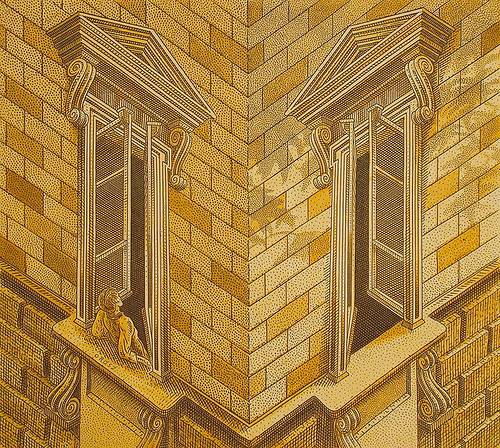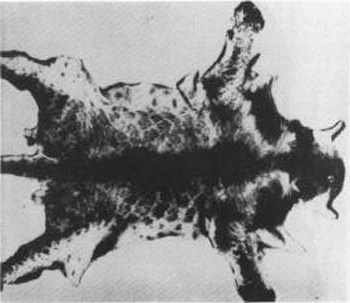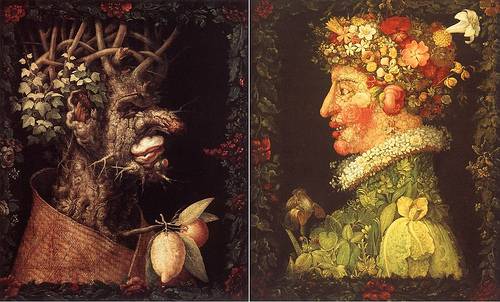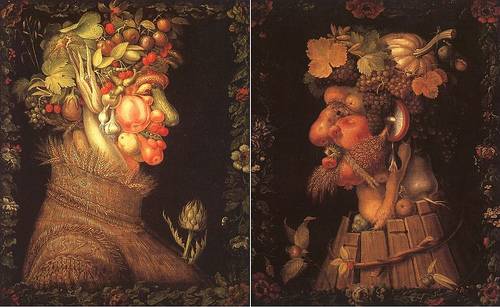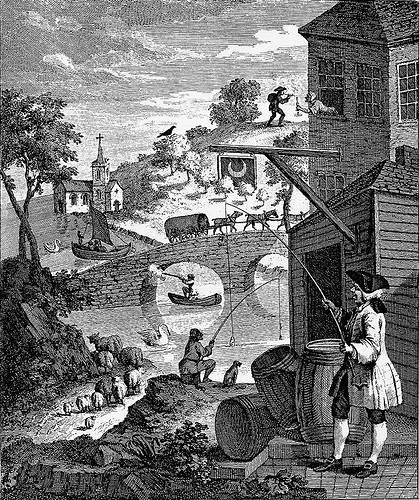In August, 1823, a man undertook to carry thirteen sieve-baskets, piled one upon another on his head, from Dean-street, Westminster, to Perry’s potato-warehouse in Covent Garden. The wager was for a sovereign; and the conditions were, that he was to walk through the public streets, and to arrive at the place named with eleven on his head, without resting. He walked with great caution, sometimes in the carriage road, and sometimes on the pavement, followed by numbers of people, who, however, at once encircled and cleared the way for him. His greatest difficulty seemed to be to avoid the lamp irons when upon the pavement, as the upper sieve, which poised the whole, had a continual inclination to the right side. He succeeded in gaining the middle of Southampton-street without losing one sieve, having passed coaches and carts of all descriptions; when here, the upper sieve fell to the ground. He halted for a moment, and poised the remaining sieves, with which he proceeded full into the market, where he cast the whole down, amid the cheers of the populace. Though the weight must have been considerable, the poising the sieves was the greatest difficulty he had to encounter, as they reached the second floor windows. He won his wager; and many gentlemen, who were highly delighted with the novelty of the scene, subscribed to reward his ingenuity and perseverance.
— The Cabinet of Curiosities, 1824

